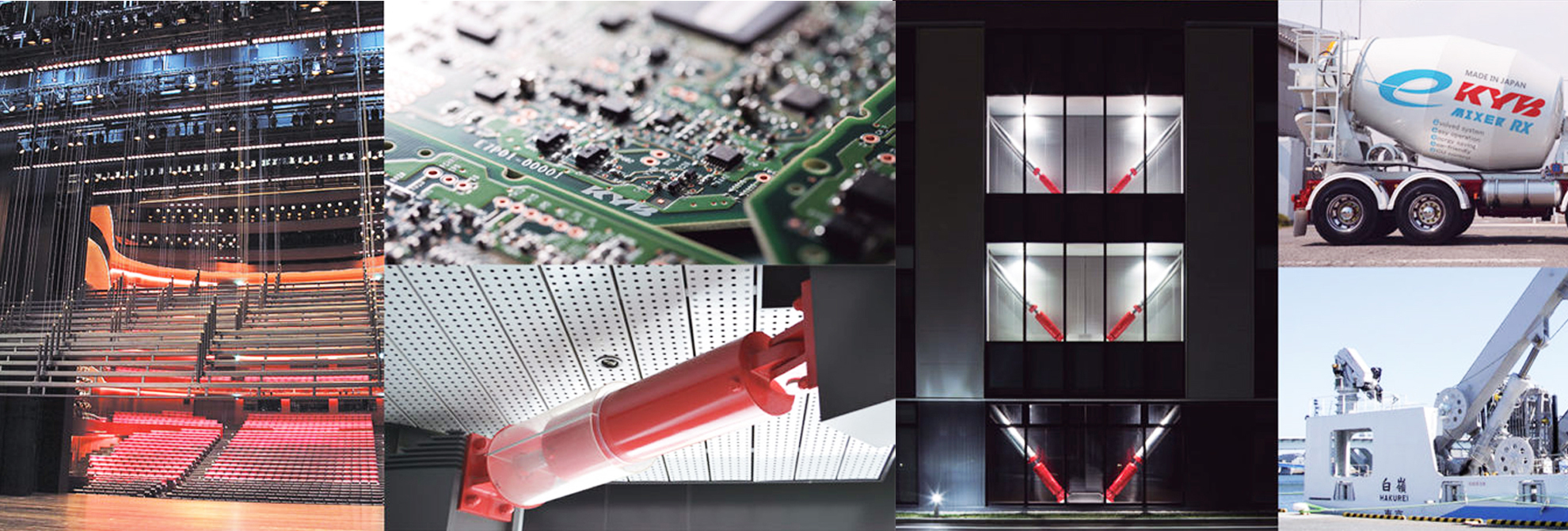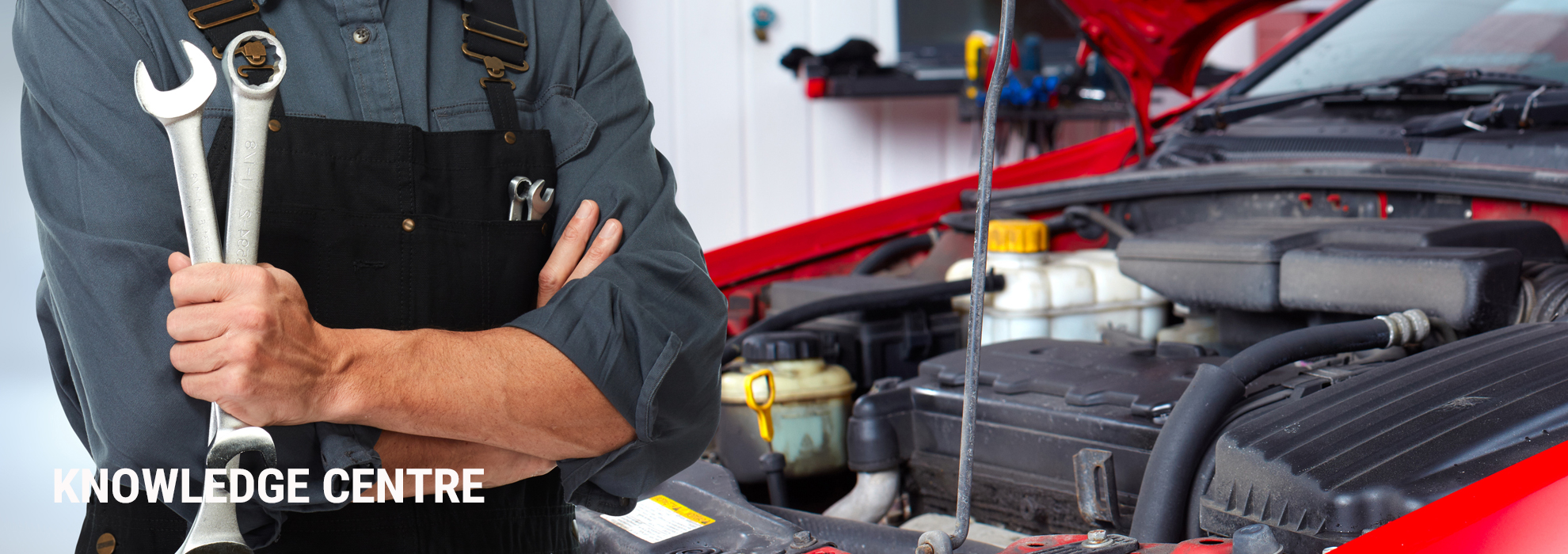articles
- what is the function of shock absorber
- how does a shock absorber work?
- how many different kyb shock absorber constructions are there?
- do worn shock absorbers affect drivability?
- When replacing a worn shock absorber
- Why should i choose kyb when replacing my shock absorbers and struts?
- When replacing worn struts, should other suspension parts be replaced?
- What are the obvious visual signs of a worn shock absorber?
- How is the suspension in a sports car different to the suspension in an average family sedan?
- Does kyb manufacture other non-automotive products?
what is the function of shock absorber
THE FUNCTION OF A SHOCK ABSORBER IS TO CONTROL A VEHICLE’S MOVEMENT WHEN THE TYRES COME INTO CONTACT WITH A BUMP IN THE ROAD.
The shock absorber offers resistance to the suspension system to slow vehicle movement to a controllable state. Without the dampening effects of a shock absorber, the vehicle would not react by reducing speed and may as a result bounce or roll off the road. Listed below are five key functions of a shock absorber.
- Control the movement of the vehicle
- Provide a smooth and comfortable ride
- Optimise braking performance
- Enhance steering responsiveness
- Ensure optimum contact between tyres and the road
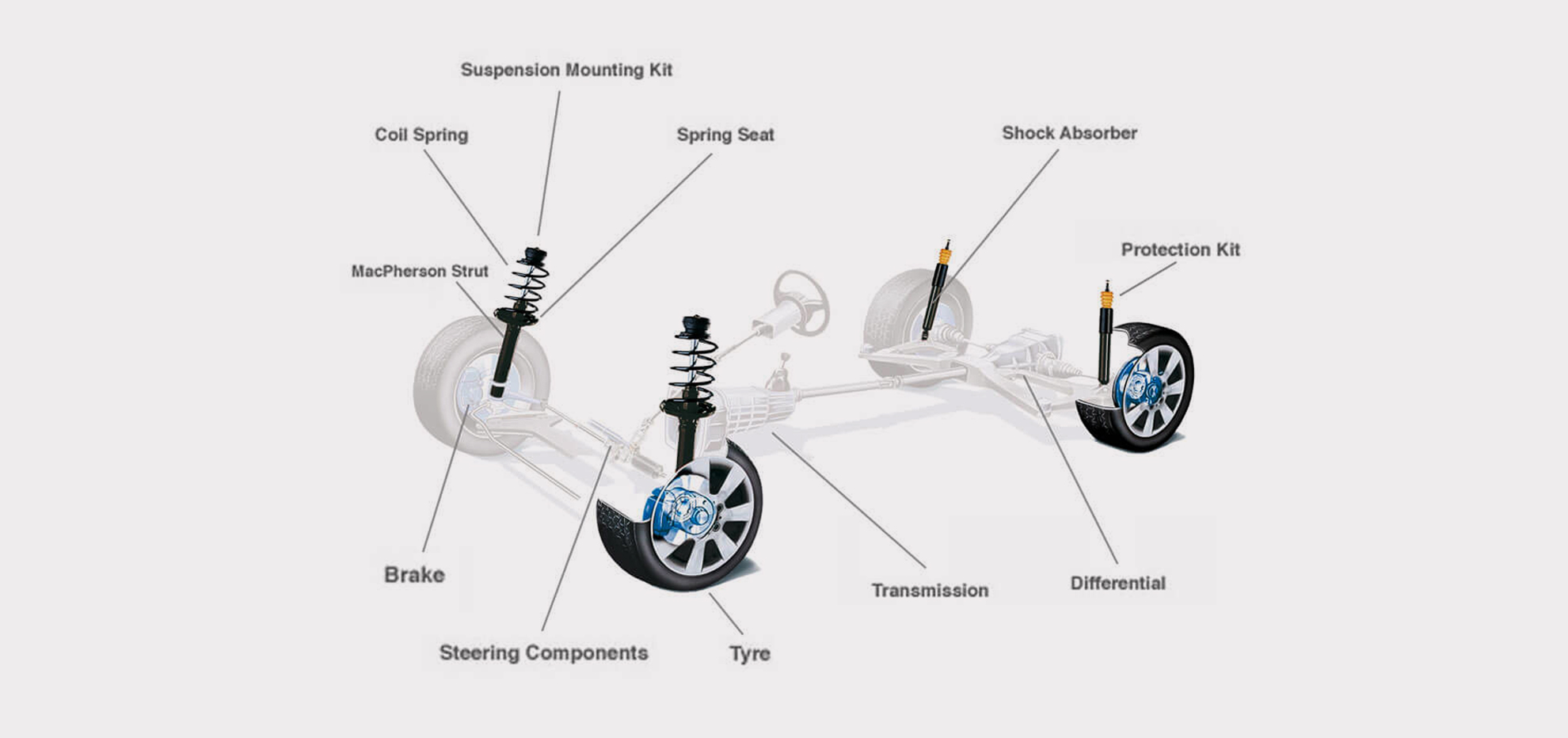
how does a shock absorber work?
WHEN DRIVING, ROAD SURFACE IRREGULARITIES CAUSE SHOCKS ABSORBERS AND STRUTS TO COMPRESS AND EXTEND, FORCING FLUID THROUGH A SERIES OF SPEED SENSITIVE VALVES, (THE PISTON ROD SPEED DETERMINES THE APPROPRIATE VALVE) TO RESTRICT OIL FLOW AND CONTROL VEHICULAR MOVEMENT.
This friction causes heat to be generated in the oil as it passes through the valves. This heat is then dissipated through the outer body of the shock absorber and cooled by air passing over it. Meanwhile, nitrogen gas adds pressure to the hydraulic oil to make the shock absorber more reactive to movement, to delay the onset of fading and foaming and to make it a high performing product.


how many different kyb shock absorber constructions are there?
WHEN DRIVING, ROAD SURFACE IRREGULARITIES CAUSE SHOCKS ABSORBERS AND STRUTS TO COMPRESS AND EXTEND, FORCING FLUID THROUGH A SERIES OF SPEED SENSITIVE VALVES, (THE PISTON ROD SPEED DETERMINES THE APPROPRIATE VALVE) TO RESTRICT OIL FLOW AND CONTROL VEHICULAR MOVEMENT.
This friction causes heat to be generated in the oil as it passes through the valves. This heat is then dissipated through the outer body of the shock absorber and cooled by air passing over it. Meanwhile, nitrogen gas adds pressure to the hydraulic oil to make the shock absorber more reactive to movement, to delay the onset of fading and foaming and to make it a high performing product.
TWIN TUBE SHOCK ABSORBER
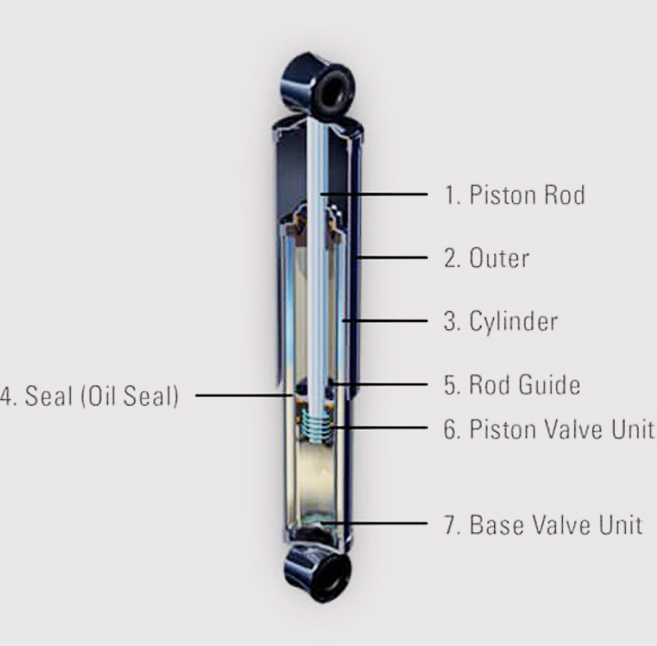
TWIN TUBE SHOCK ABSORBER

do worn shock absorbers affect drivability?
SIMPLY PUT: MORE WEAR = LESS VEHICLE CONTROL
There are two detrimental influences that begin to affect vehicle driveability as shock absorbers come to the end of their lifecycle::
-
As a shock absorber’s ability to dampen wheel and body movement diminishes, vehicle control becomes increasingly difficult. This becomes evident as quick-stopping distances lengthen and the driver is forced to compensate for conditions like body roll and nose-diving.
-
Since more suspension movement develops as shock absorbers deteriorate, all associated steering and suspension components are subjected to additional impacts and wear. A vehicle’s suspension springs, support arms, bushings, joints and wheel alignment will all suffer.
See below for examples of effects of worn shock absorbers.
This friction causes heat to be generated in the oil as it passes through the valves. This heat is then dissipated through the outer body of the shock absorber and cooled by air passing over it. Meanwhile, nitrogen gas adds pressure to the hydraulic oil to make the shock absorber more reactive to movement, to delay the onset of fading and foaming and to make it a high performing product.
BRAKING DISTANCE
When you apply the brakes, the tyres begin stopping but the vehicle body inertia tries to keep going forward. The result thrusts the front end downward and the back end upward. This imbalance puts stress on the front brakes and reduces the rear brake’s efficiency. The effect then makes controlling and steering the vehicle more difficult. As shock absorbers and struts wear and the tyre to road contact becomes less effective, there is a dramatic increase in vehicle braking distance.
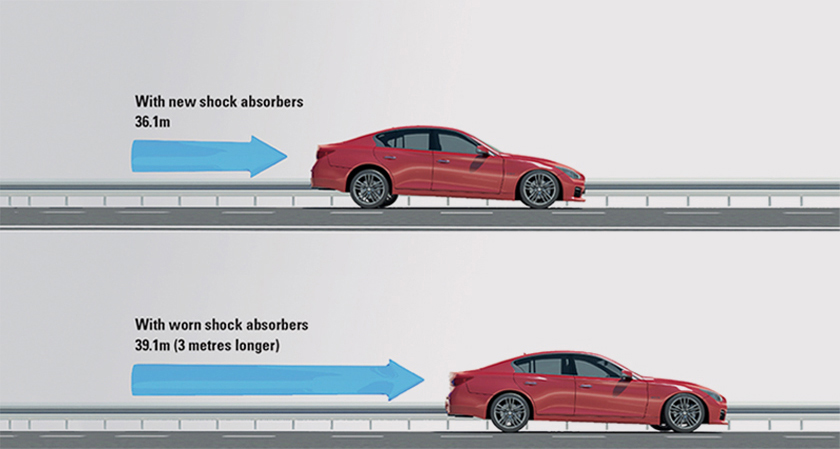
BODY ROLL
During cornering or swerving the vehicle body weight tries to lift & roll toward the outside of the turn. Controlling the weight shift via steering correction or slowing the vehicle speed are the only ways to reduce the effect, but will become difficult as conditions worsen.
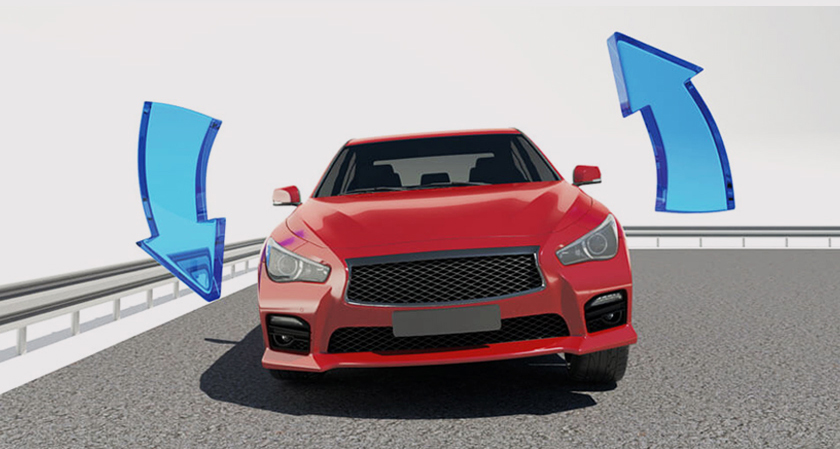
TRACTION LOSS
When tyres can’t grip the road, for any reason at all, the result is loss of control. This can occur during braking, accelerating or cornering; when the tyres are bouncing or the vehicle body inertia is lifting or pushing the tyres; when the tyre tread is worn; when the tyres are improperly inflated; or when the shocks and struts aren’t controlling tyre and body movements.
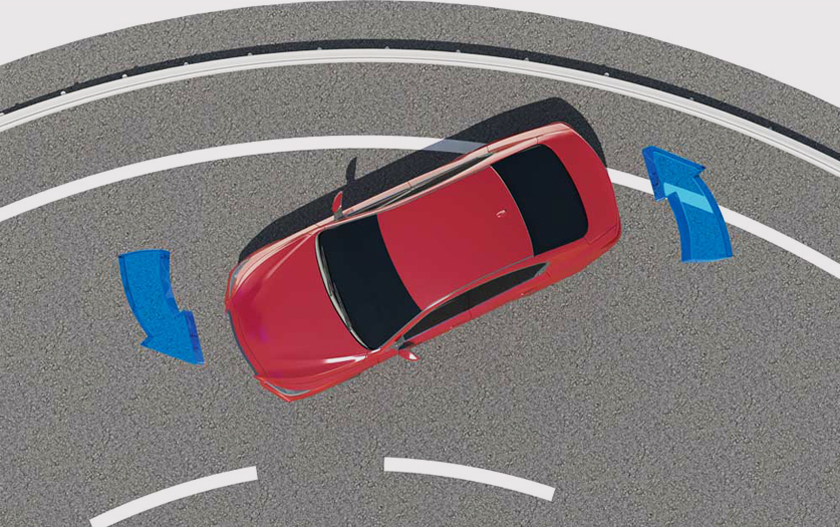
ACCELERATION SQUAT
During initial acceleration from idle position, the front end rises and the back end lowers. Front end rise is controlled by the rebound damping in the shock. On a front wheel drive vehicle this results in traction loss and reduces steering control.
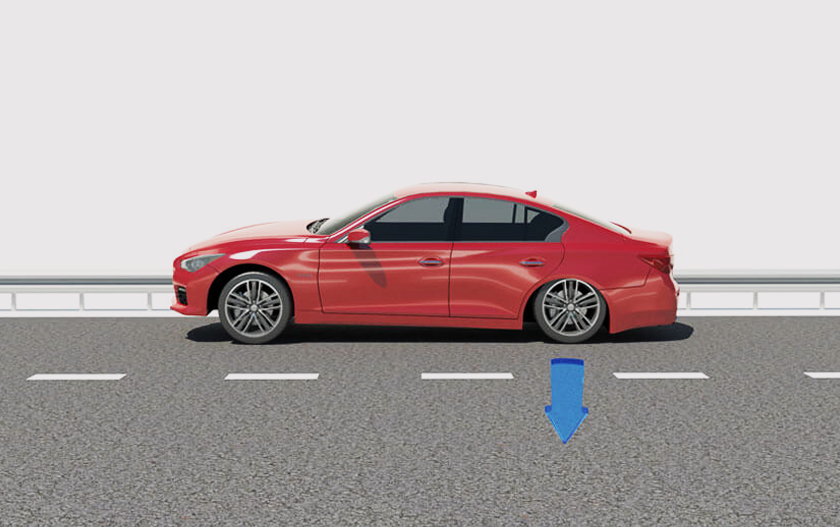
UNEVEN TYRE WEAR
When the tyre is allowed to move up & down excessively, a rhythmic movement develops and an evenly-spaced tread wear pattern begins. Unlike tyre balance conditions, the wear pattern frequency is greater from shorter tyre movements that are not being dampened by worn shocks or struts. As the condition worsens, tyre noise occurs along with traction loss and tyre damage.
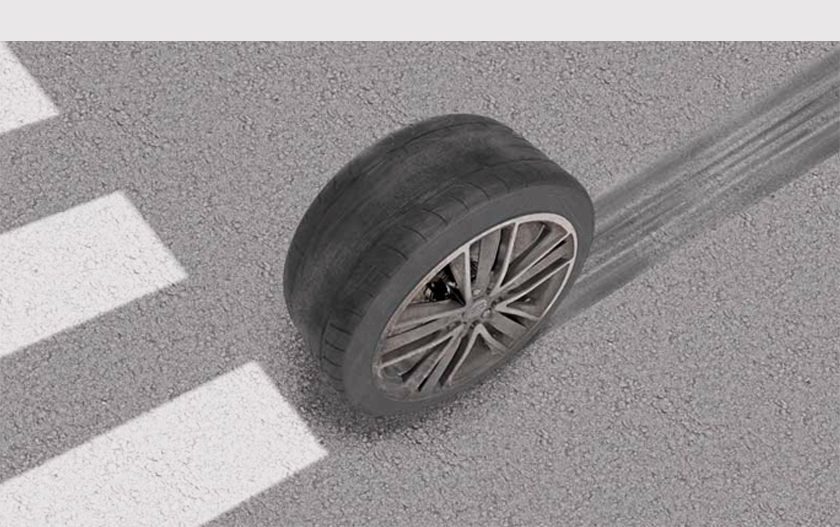
BOTTOM OUT
Reacting to a bump is normal. But when the tyre is allowed to over-react and move upward too aggressively, the travel must be stopped by a bump stop. This is an indication that either the vehicle is being operated beyond its normal ability, such as being over-loaded or being driven too harshly. Or it could mean that the shock absorbers are worn and can no longer resist wheel movement adequately.
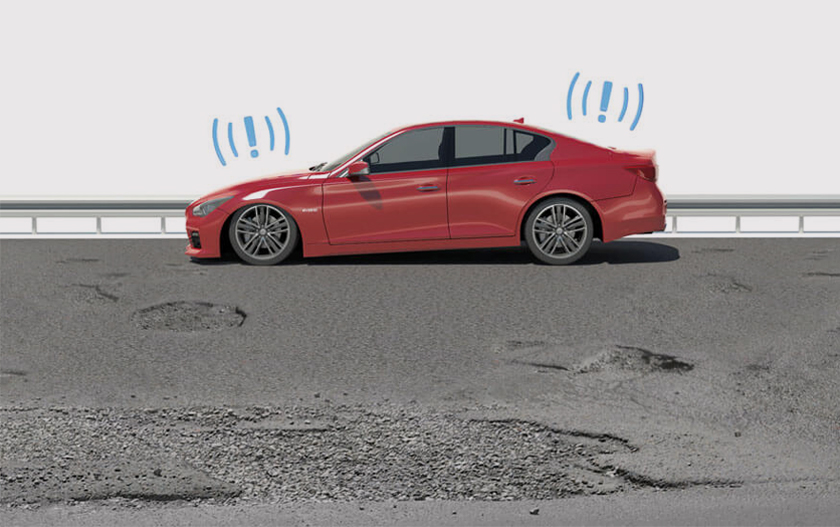
When replacing a worn shock absorber
should i replace the pair or just the faulty individual item?
TO ENSURE THE VEHICLE PERFORMS SAFELY AND AS DESIGNED, WE RECOMMEND REPLACING STRUTS AND SHOCK ABSORBERS AS PARALLEL PAIRS (LEFT & RIGHT)
When the damping rates are significantly different from side to side the vehicle body and wheel movement variations cancause handling abnormalities. For this reason, replacing both left and right struts and shock absorbers for either the front or rear suspension position, will maintain optimal dampening control symmetry, resulting in an even and balanced drive.
How long should i expect my shock absorbers (or struts) to last?
THE LIFE OF A VEHICLE’S SUSPENSION IS AFFECTED BY A NUMBER OF VARIABLES:
• Various driving styles • Different types of road surfaces • Constantly loaded with heavy payloads
• Continuously towing trailers • External environment (salty, wet or extremely dusty conditions)
KYB products however have been tried and tested and are designed to last beyond 3 Years/60,000km.
How does the ride comfort of kyb shock absorbers compare to the ‘original equipment’ in my vehicle?
All KYB Shock Absorbers are valved slightly firmer than the original equipment equivalent, to offer greater control and help compensate for the loosening and softening of other suspension components over time. The result is an increased level of driving comfort and performance.
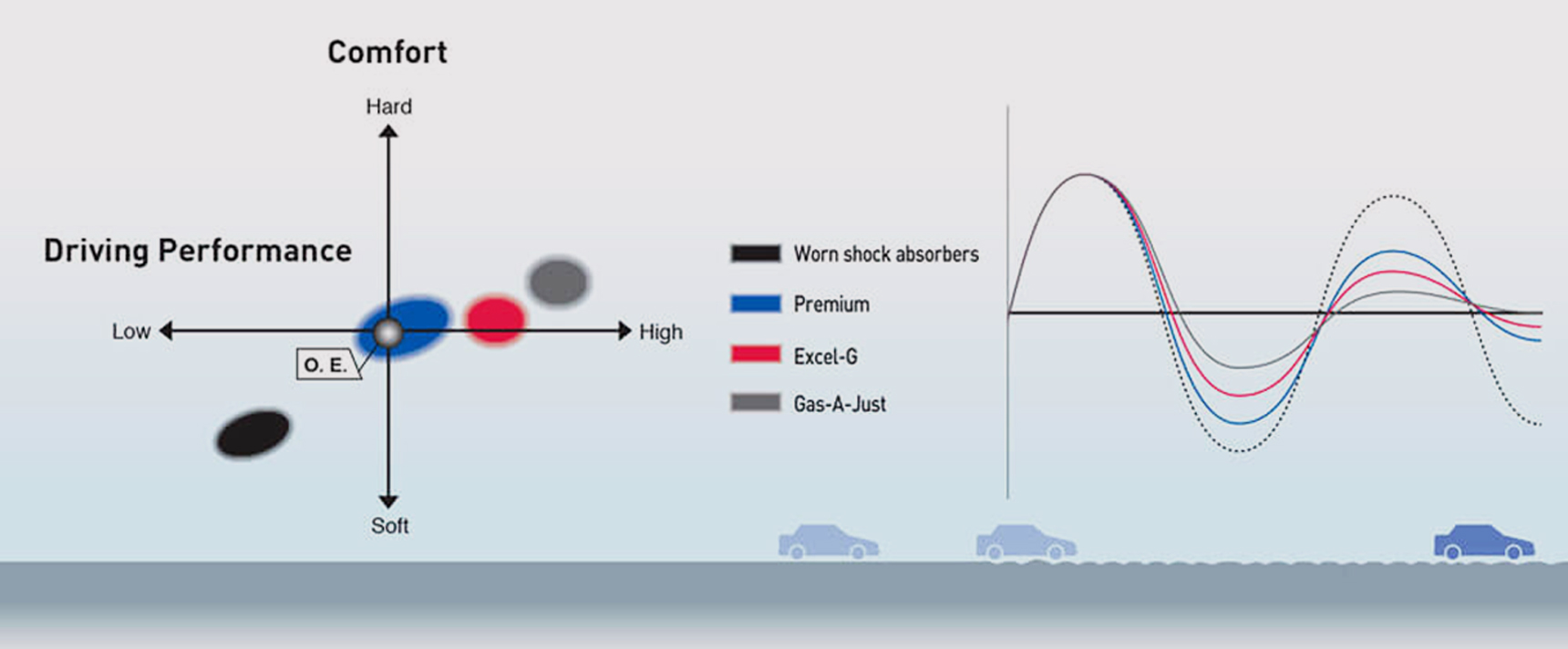
Why should i choose kyb when replacing my shock absorbers and struts?
ESTABLISHED FROM 80 YEARS OF ORIGINAL EQUIPMENT EXPERIENCE AND EXPERTISE, KYB CAN DESIGN AND MANUFACTURE PRODUCTS THAT DELIVER THE BEST HANDLING AND RIDE QUALITY FOR EVERY VEHICLE.
KYB suspension products are vehicle specific, making each part ideal for its corresponding make and model. In addition, KYB considers the specific factors that each unique vehicle demands, for example: vehicle type, intended use, level of comfort and performance. All KYB products comply with the global ISO standards of manufacturing, adhering to stringent procedures and processes with high levels of repeatability and quality control.
What are the obvious visual signs of a worn shock absorber?
A VISUAL INSPECTION CAN OFTEN PROVIDE THE INITIAL CLUES FOR DIAGNOSING DIMINISHED SHOCK ABSORBER PERFORMANCE.
Here are some visual signs to assist in identifying a worn shock absorber or strut:
- Oil leakage
- Damaged piston rod
- Rusted or damaged body
- Worn and perished bushes
- Pitted or damaged dust boot
What is the difference between an oversteer and an understeer?
Oversteer occurs when a vehicle turns (steers) more than the amount required by the driver. This often occurs when more acceleration than necessary is applied with front wheels turned. Understeer occurs when a vehicle turns (steers) less than the amount required by the driver. This often occurs when travelling too quickly around a corner or by applying too much power when exiting a corner. As a worn shock absorber’s capacity to control wheel and body movement reduces, the occurrence of vehicle oversteer or understeer is greatly increased.
OVERSTEER
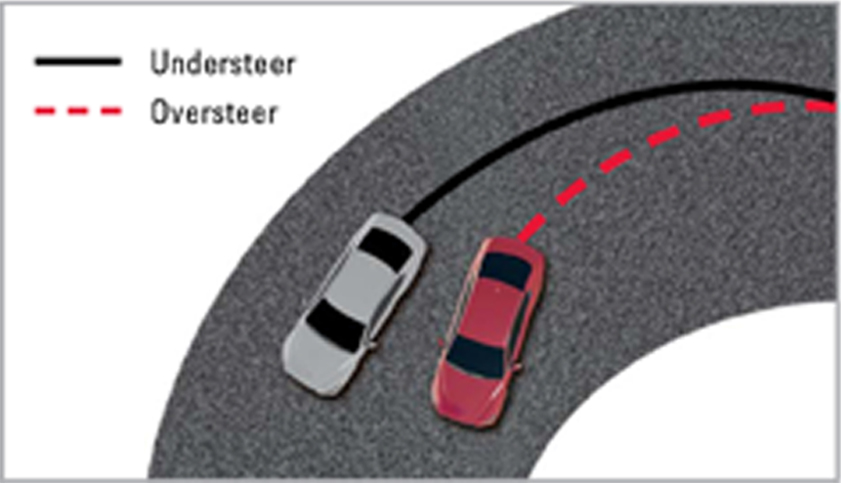
UNDERSTEER
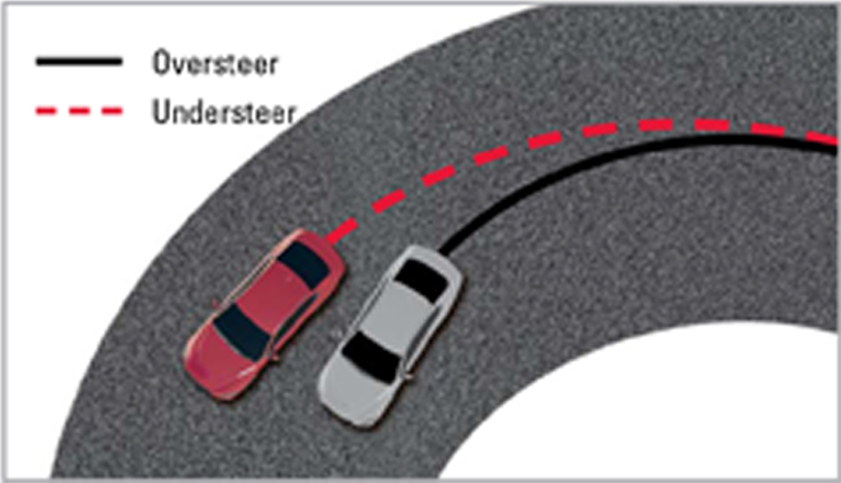
When replacing worn struts, should other suspension parts be replaced?
YES, IT IS A GOOD IDEA TO INSPECT AND REPLACE WORN STRUT MOUNTS, BUMP STOPS AND PROTECTION BOOTS WHEN REPLACING STRUTS.
Replacing struts in a vehicle can be very time intensive as it requires the entire strut to be removed and disassembled.The strut mount optimises suspension performance by providing a smooth steering response and reducing vibration. Bump stops safeguard the strut from bottom-out damage, and protection boots provide protection to the struts piston rod from road debris (e.g. dirt, dust, salt and stones).
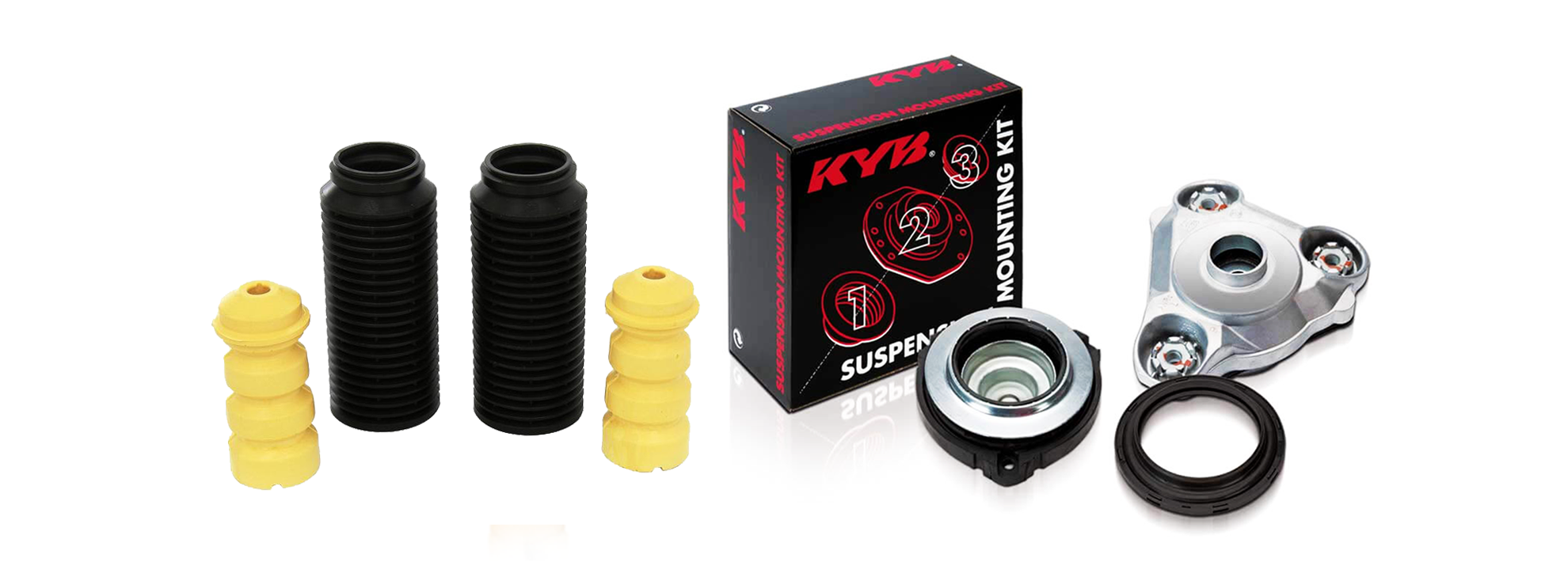
What are the obvious visual signs of a worn shock absorber?
A VISUAL INSPECTION CAN OFTEN PROVIDE THE INITIAL CLUES FOR DIAGNOSING DIMINISHED SHOCK ABSORBER PERFORMANCE.
Here are some visual signs to assist in identifying a worn shock absorber or strut:
Oil leakage • Damaged piston rod • Rusted or damaged body • Worn and perished bushes Pitted or damaged dust boot • Loose or broken bump stop
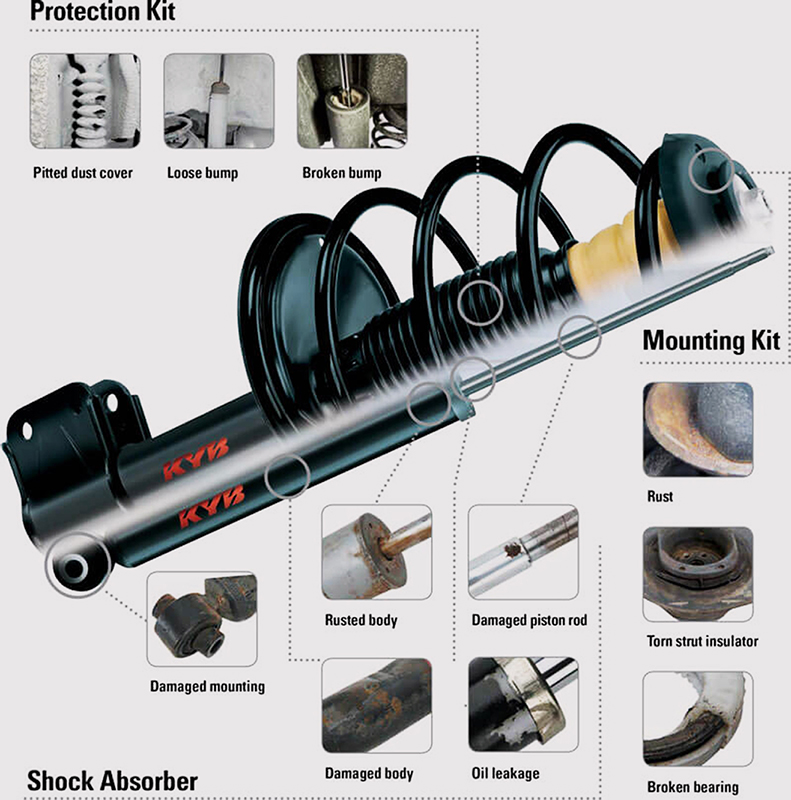
How is the suspension in a sports car different to the suspension in an average family sedan?
THE INTENDED PURPOSE OF A SPORTS CAR AND A FAMILY SEDAN ARE VERY DIFFERENT AND AS SUCH SO IS EACH VEHICLE’S SUSPENSION.
The average family car typically offers a smooth and controlled drive, with little road surface feedback or noise transmitted into the cabin. It also generally has little body roll, with a high level of comfort. A sports car on the other hand, demands sharp and responsive handling and delivers a ride quality that can be firm and at times harsh. With a low centre of gravity and virtually no body roll, there is substantial road surface feedback and noise transmitted into the cabin. The differences between the suspension in both vehicles is a result of the strut and shock absorber specific valve coding, matched to specific coil spring rates. Each combination works in unison to deliver the unique ride quality and demanded performance for every vehicle on the road.
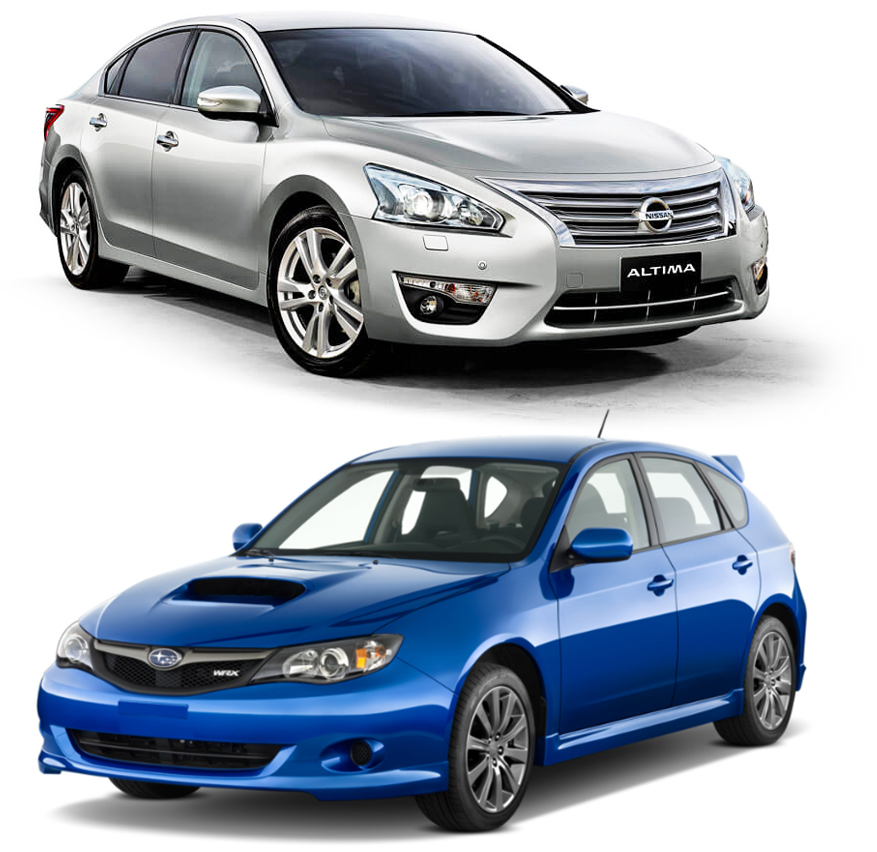
Does kyb manufacture other non-automotive products?
KYB MANUFACTURES MANY OTHER GLOBAL PRODUCTS WITHIN THE HYDRAULICS INDUSTRY, INCLUDING BUT NOT LIMITED TO:
Vibration-Control
Technologies
Earthquake damper
Motorcycle front forks and
rear damper
Power-Control
Technologies
Aircraft actuators
Building and stage equipment
Marine Cranes
System Technologies
with Advanced Functions
Semi-active suspension
systems for bullet trains
Concrete mixers
